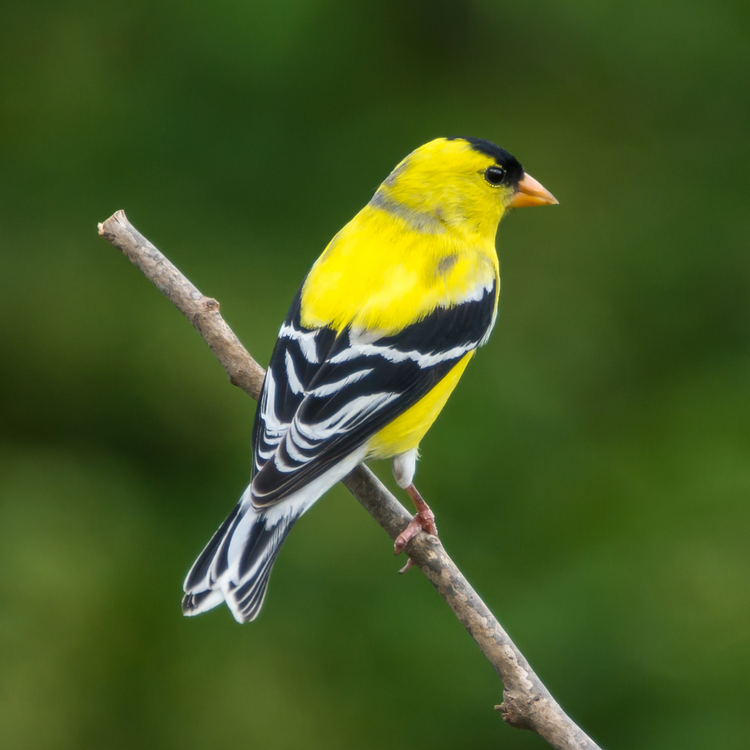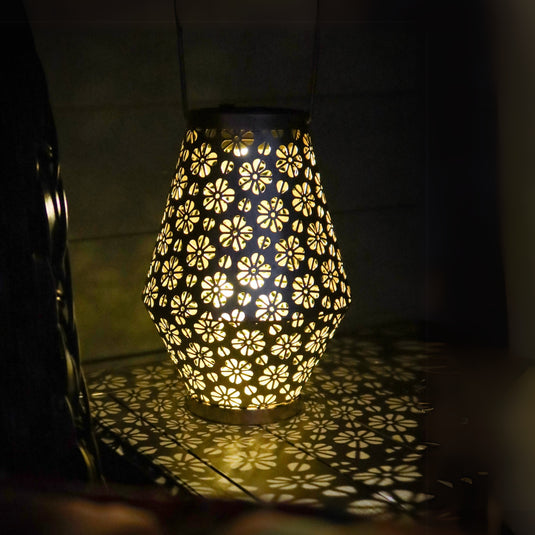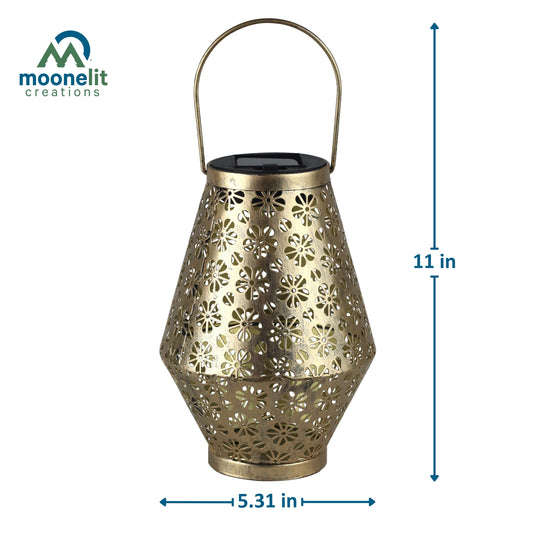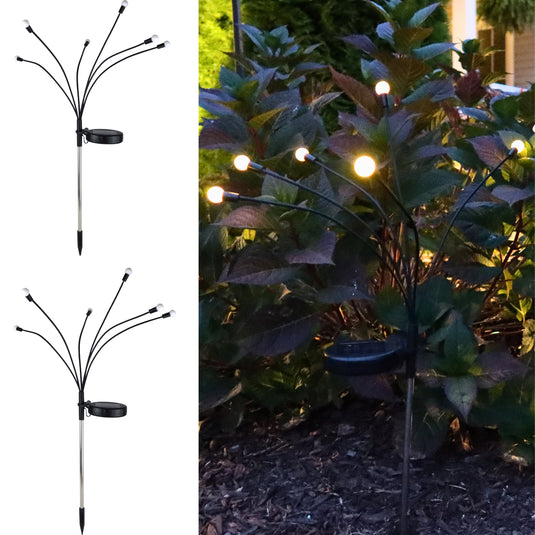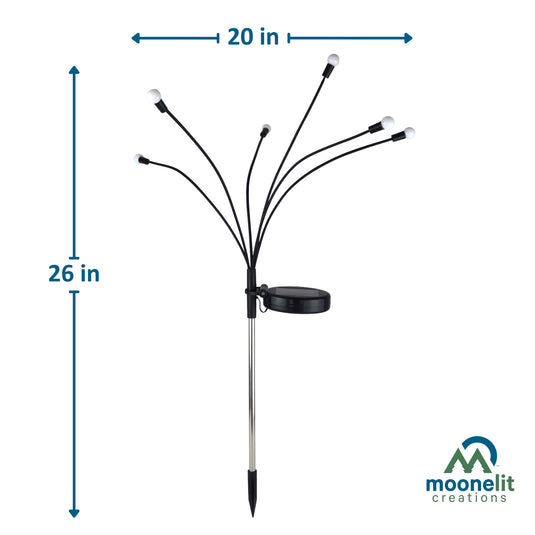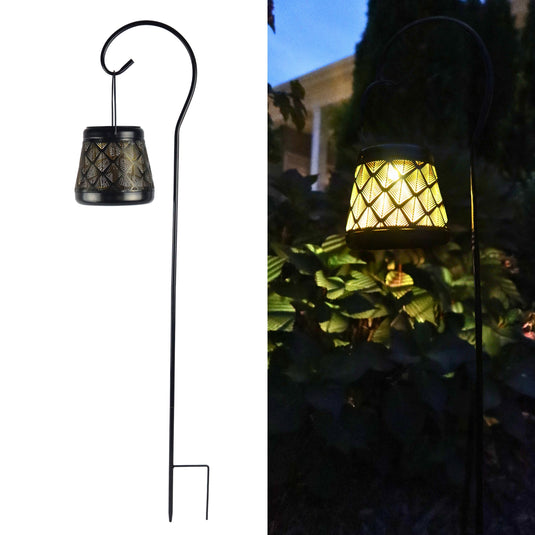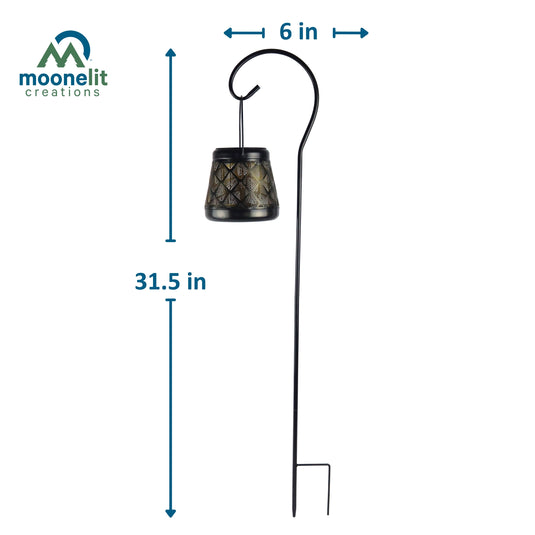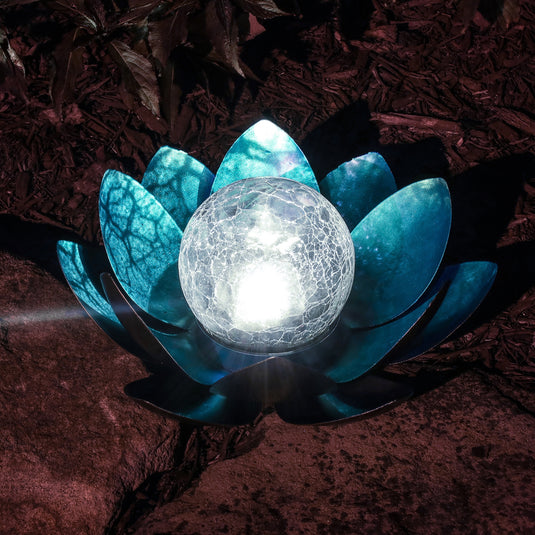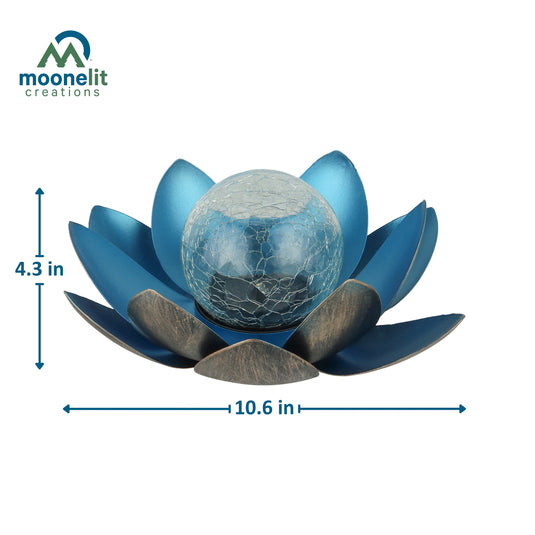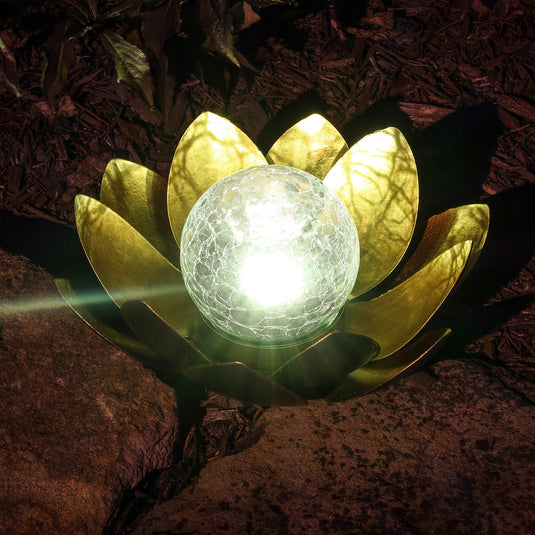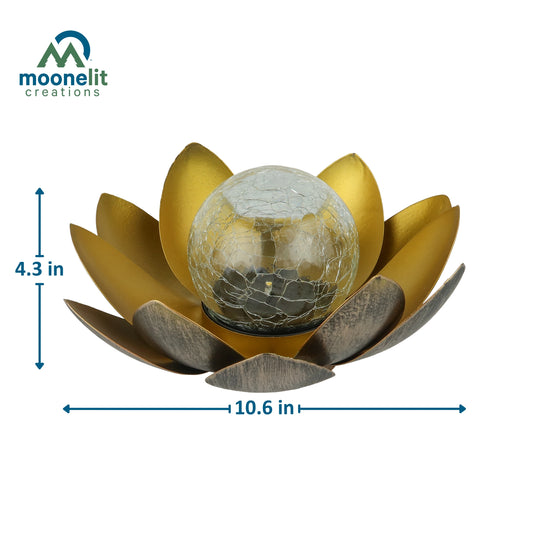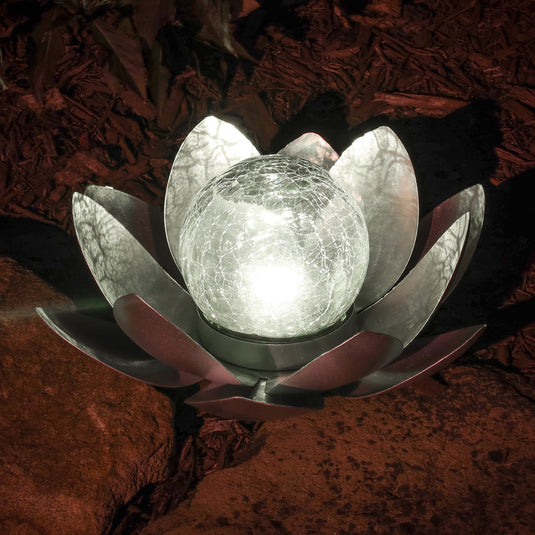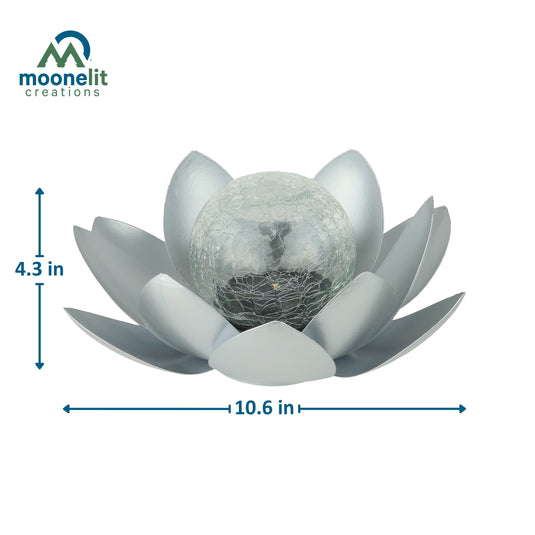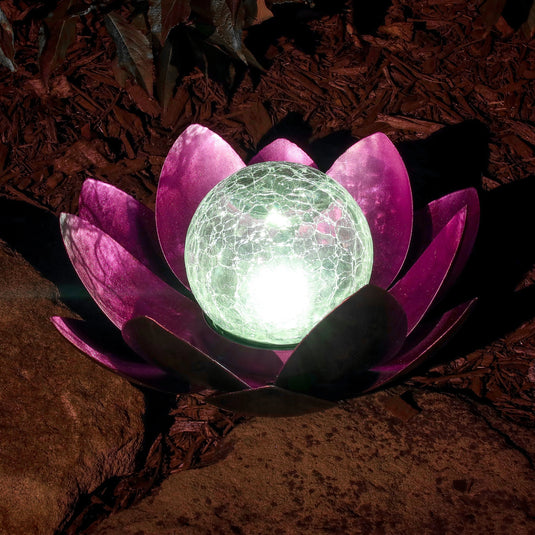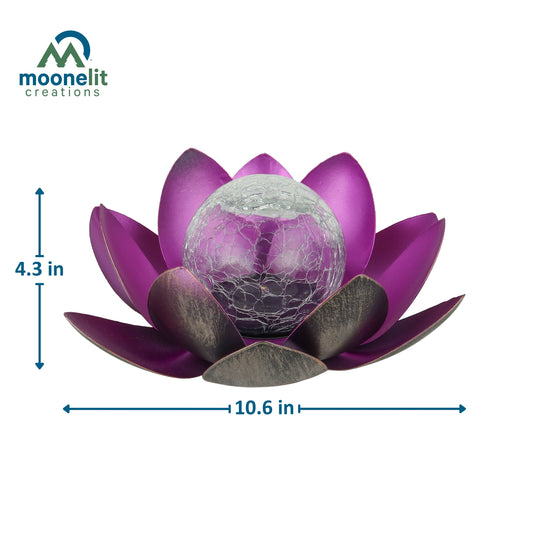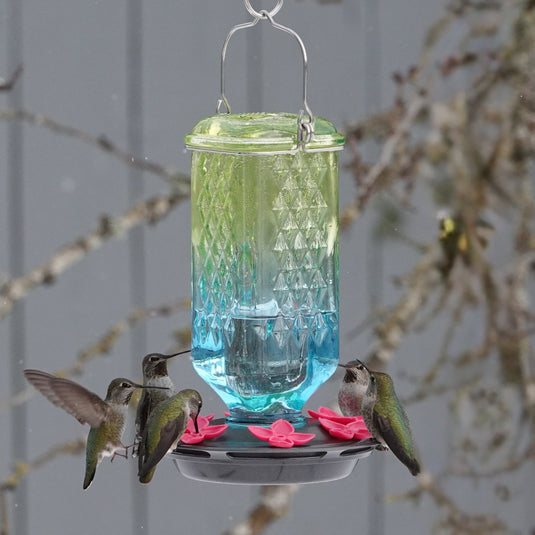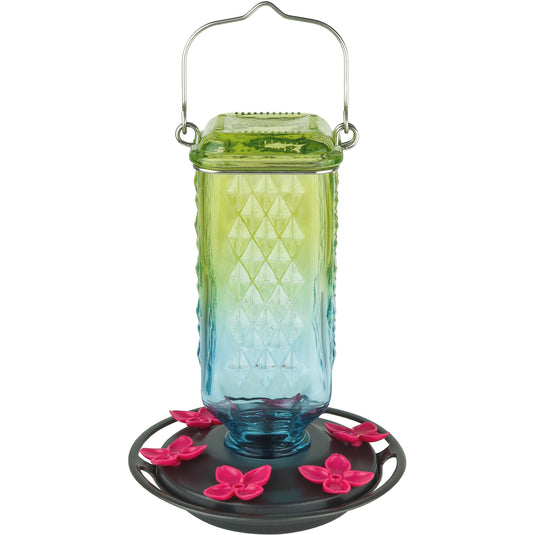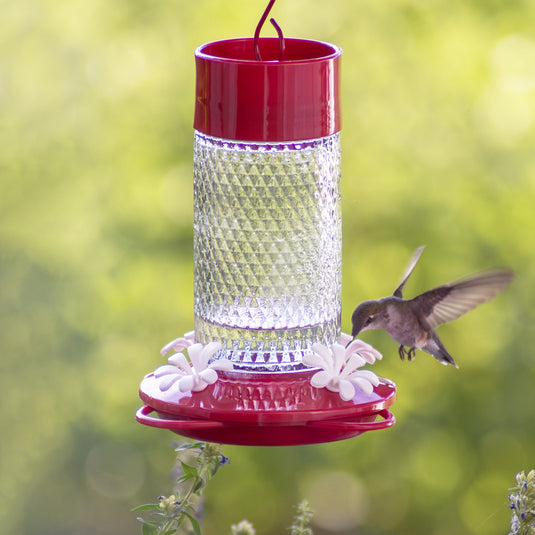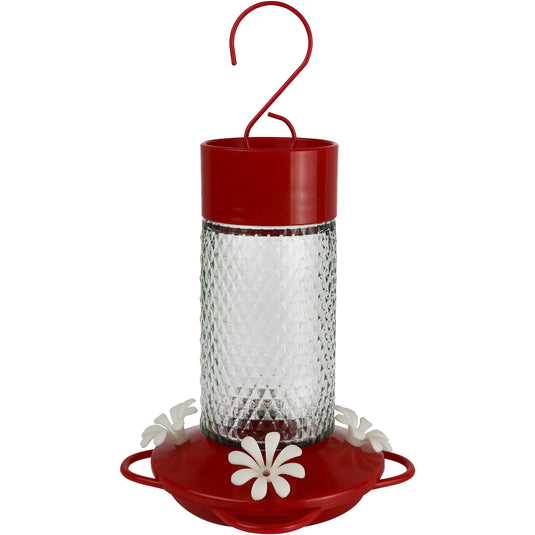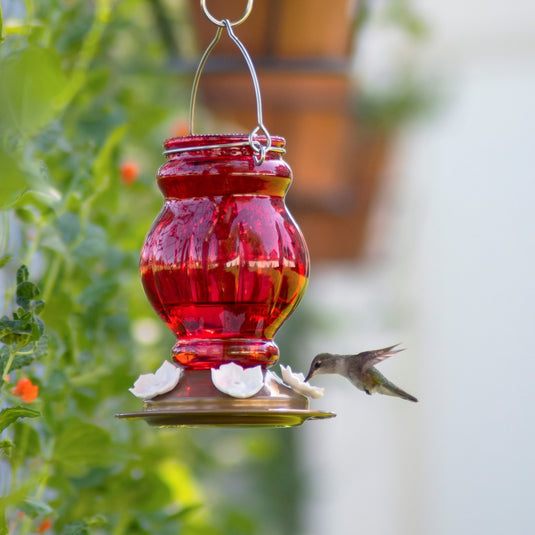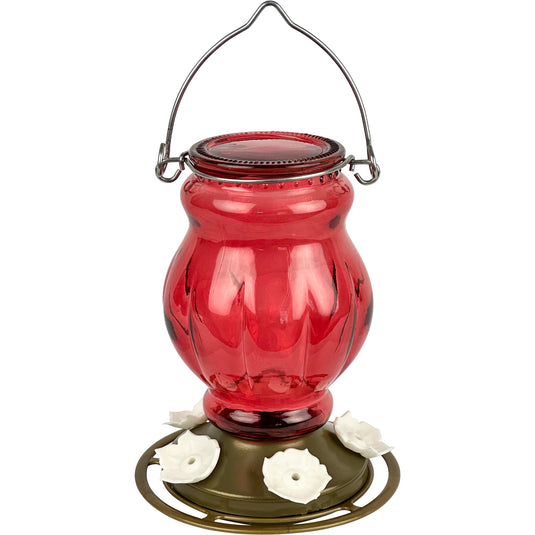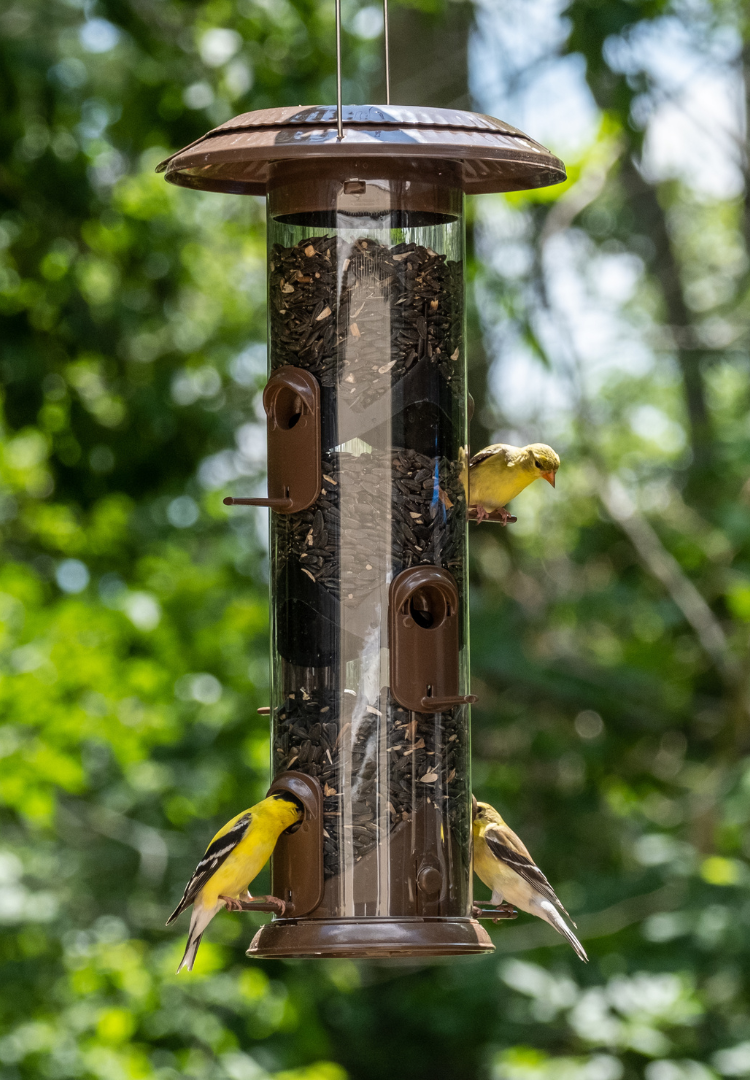
Identifying American Goldfinch:
This small finch has a short conical bill and a short notched tail. American Goldfinch are typically 4.5"-5" in length with a wingspan of roughly 7.5"-8.5". During early spring and summer months, breeding males have a vibrant yellow body with a black forehead and black wings with white markings above and beneath the tail. Adult females share the same color pattern but in much more dull or drab tones that may appear more olive or tan in color.
During winter months, these birds are drab, solid olive or light brown with blackish wings and two pale wing bars. In fact, the American Goldfinches are the only finch that molts body feathers twice a year; once in late winter and again in late summer. Spotting a male Goldfinch with brightening yellow feathers in early spring is one of the welcome signs of approaching warmer months!
Above image shows typical winter coloration of the American Goldfinch on Deluxe Easy Clean Tube Feeder (Model# NMRS-18)
Below Left - Adult breeding male. Below Right - Adult female.

Attracting American Goldfinch to Your Feeder:
These finches can be found at feeders any time of the year, most abundantly during winter months. American Goldfinches are most attracted to black oil sunflower or nyjer seeds. Almost any kind of bird feeder including hoppers, platform feeders, or tube feeders will attract American Goldfinches.
To encourage American Goldfinches in your yard, also consider planting native composite plants like thistle as well as Zinnias, Coneflowers, and native milkweed.
Above: Breeding male American Goldfinches on Funnel Flip-Top Mesh Finch Feeder (Model# FFM1)
Below: Breeding male American Goldfinch (top) and female American Goldfinch (bottom) on Deluxe Funnel Flip-Top Tube Feeder (Model# NMFFB-19)
Nesting:
Both male and female American Goldfinches take part in identifying a suitable nest location but the female is the one to actually construct the nest. Nests are often built high in shrubs where multiple vertical branches join. The site is usually shaded by clusters of foliage from above, and often open and visible from underneath. The nest is an open cup of plant fibers and/or rootlets lined with plant down. The female connects the nest foundation to supporting branches using spider silk. A downy lining of "pappus" (the tufts of hairs on some plant seeds like those of thistles and dandelions) is the final touch.
Average clutch size can range from 2-7 eggs. Eggs are roughly 1/2" wide and 1/2" long and are a pale bluish-white and sometimes have small faint brown spots around the larger end. Eggs natch in 12-14 days and the young will fledge in an additional 11-17 days. American Goldfinch will have 1 to 2 broods a year depending on geographic location and weather conditions.
Leave a comment to share with us your Goldfinch stories!

